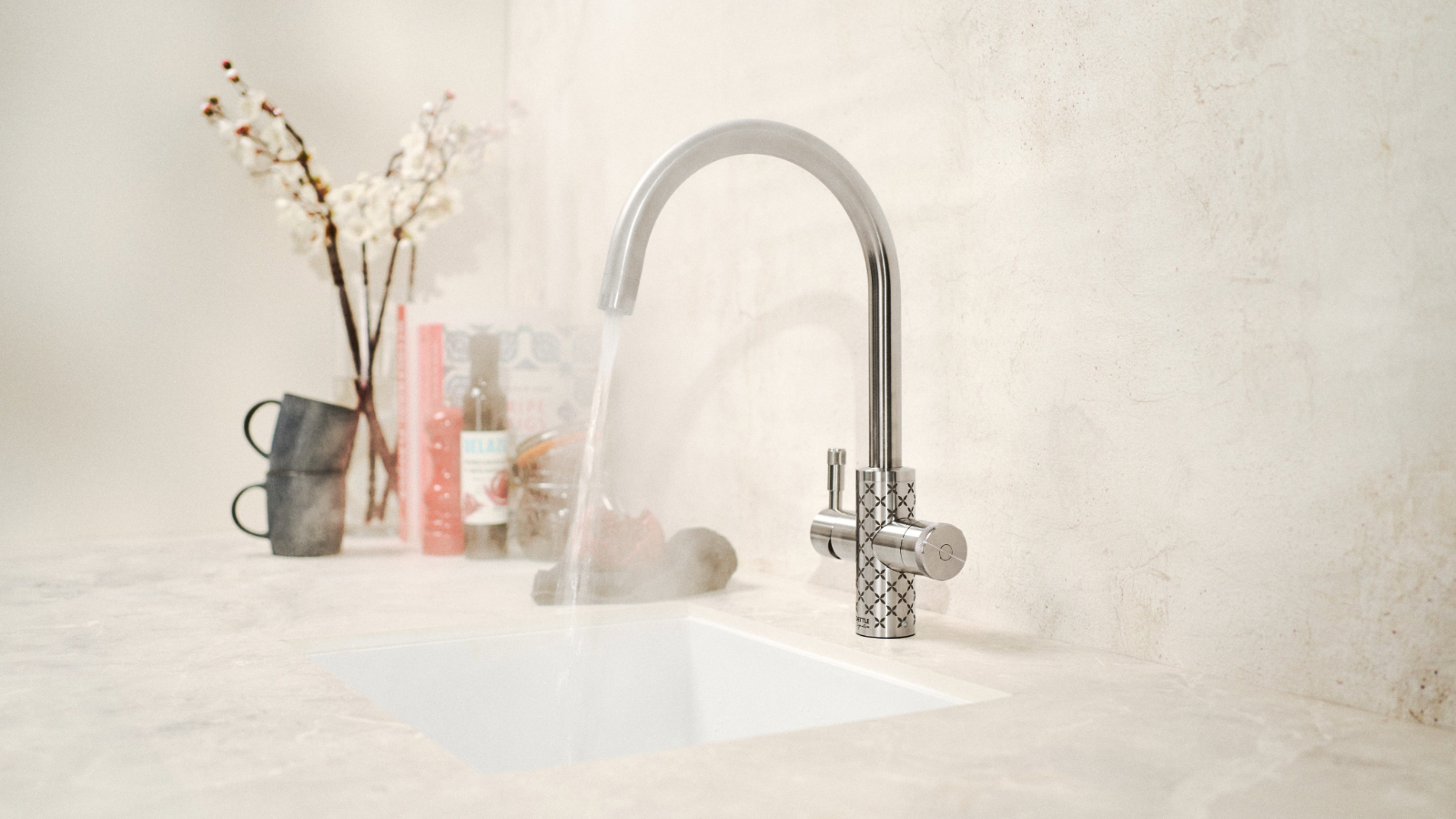Lighting design: How to get the light right in your home
Good lighting design can make all the difference to both the interior and exterior of your home. Here's how to make sure your home is lit well
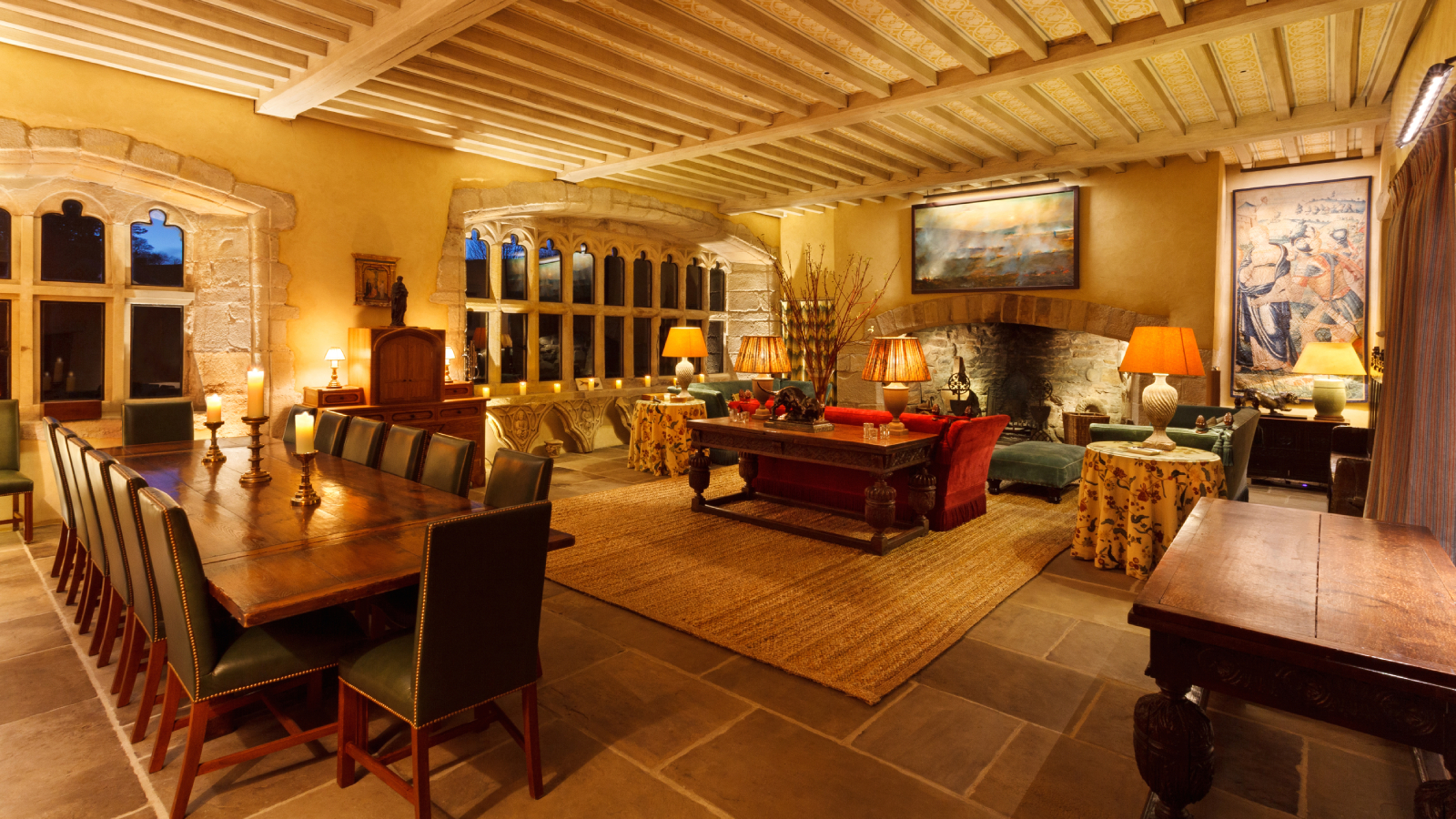
Good lighting design is about more than installing a few spotlights, popping a table lamp or two in the right places and throwing in a pendant light for good measure.
While it might be relatively easy to complement an existing lighting scheme with freestanding lamps, your hardwired lighting design ideas will have a massive impact on how you use a room and how it feels - both during the day and at night.
Whether you're starting your lighting design from scratch for a self-build, or renovating a property and need to improve what's already there, you'll need to consider a number of different factors before you even think about lampshade choices.
From the different types of lighting and how much light you need, to how you use each room and how you want to feel, here's what the experts say are the fundamental basics to getting your lighting design right.
Good lighting design involves an emotional element
While lighting design clearly involves important practical elements such as circuits, switches and the right wiring, there's also a large emotional element which determines how good your lighting is.
If you're anything like me, I find there's nothing worse than walking into a room that's too bright. I'm immediately reaching to turn off the the main lights and seek out the softer lighting offered by table lamps or floor lamps. Sound familiar? It's this feeling the experts recommend you focus on when planning your lighting design.
"Remember that lighting is a 'journey'," says Claire Pendarves, independent lighting consultant for The Soho Lighting Company. "Walk in the front door. What greets you? How do you feel? Are you enticed to walk further into the space? Do you feel safe? All these elements should run through your mind for every section of your home," says Claire. "Go through the emotions of design first and the rest will follow."
Bring your dream home to life with expert advice, how to guides and design inspiration. Sign up for our newsletter and get two free tickets to a Homebuilding & Renovating Show near you.
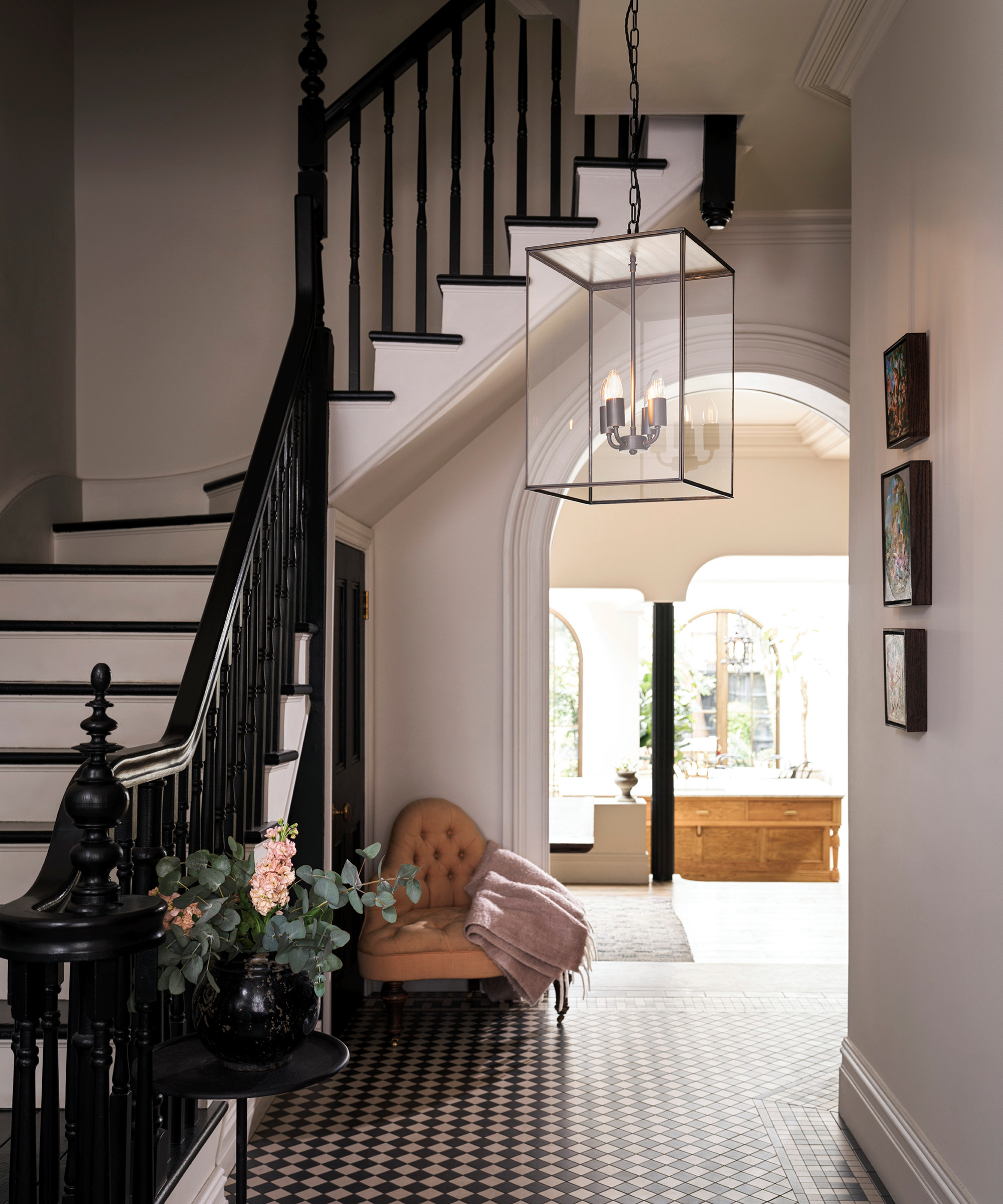

Claire's background as a trained interior designer has been invaluable in her role as a lighting designer, with a full understanding of how lighting can transform a space, hide any negatives and turn even mundane spaces into something spectacular.
The different types of lighting
Lighting design is about much more than just ceiling lighting. There are three main types of light used in most schemes, and in order to avoid making lighting design mistakes, it is best to understand what each one is used for before you start your lighting design plan.
Using all three results in what the experts refer to as a ‘layered’ lighting scheme – the key to the majority of successful lighting designs.
The three different types of lighting are:
- Ambient lighting: Also called general or background lighting, this is the lighting that gives overall illumination to a room, such as ceiling lighting. Sources include large pendants, recessed downlights and even wall lights in some cases
- Task lighting: This provides extra, targeted illumination to those areas where everyday activities take place, such as reading, cooking and working. Floor, table and desk lamps are all good sources of task lighting, as are those incorporated into cooker hoods and vanity mirrors; however, ceiling spotlights or downlights are also considered task lighting too as they are functional, rather than ambient
- Accent or mood lighting: This is used to highlight objects or architectural features you wish to draw attention to, such as artwork, cabinets or sculptures. Directional spots on tracks, low-level chandeliers and recessed and hidden LED strips are all good examples
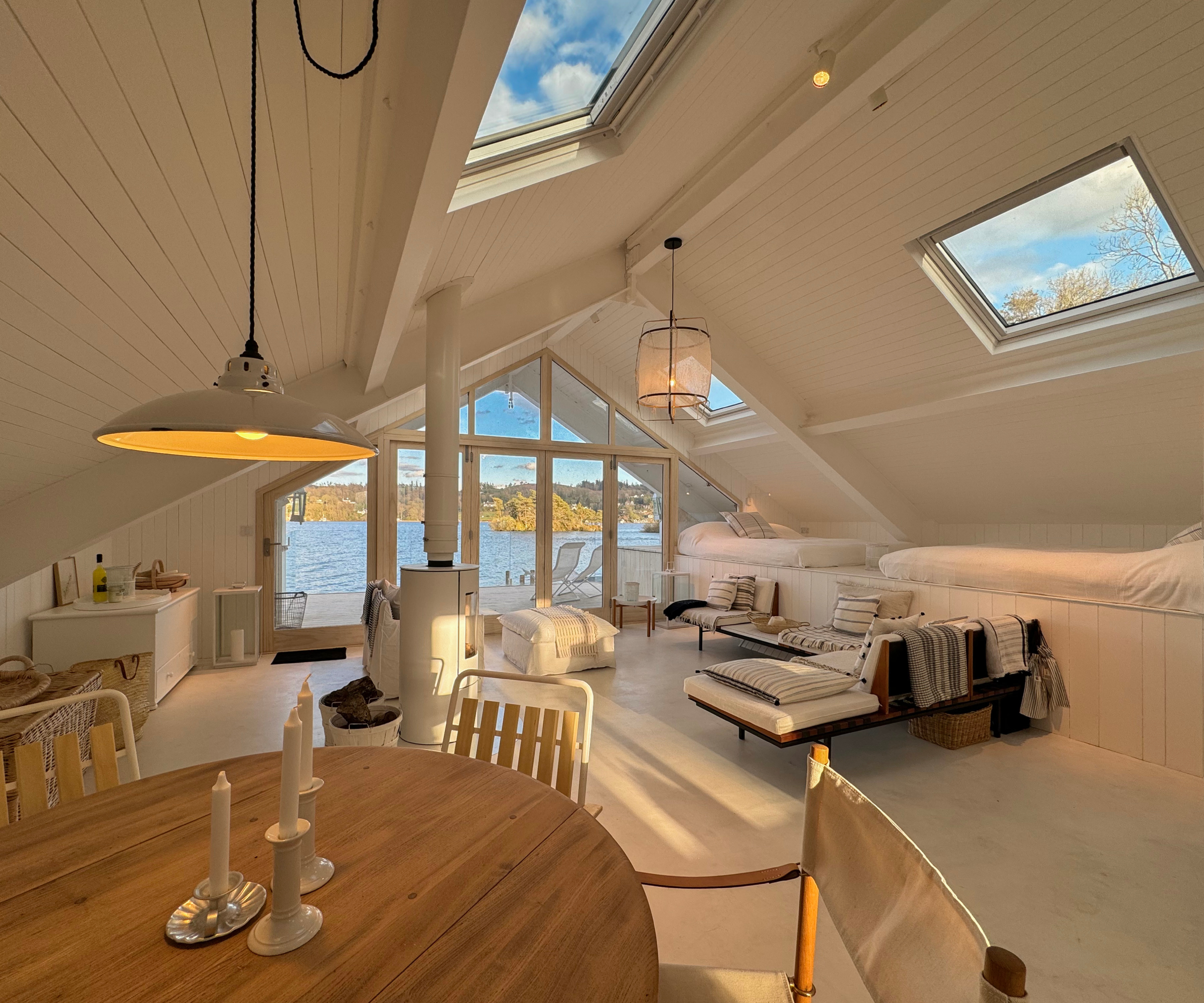
Planning your lighting design
In order to get your lighting design spot on, you need to plan the scheme in advance based on a number of different variables. "Achieving an aesthetically pleasing and ergonomic lighting scheme takes planning and forethought," says Claire Pendarves.
And, if there's one thing to take from this say the experts, it's the need to start this planning early on in your self-build or renovation. Deciding on where you want your lights, the week before your electricians start on site is simply too late. Once the wiring is in situ and your walls plastered, making later changes will involve extra time as well as unnecessary expense and disruption.
Although it might seem complicated to work out how much light a room needs, there is also a simple calculation that can be used to help you with your planning and choice of lights. Work out the size of the space in square metres and allow roughly 25 watts per meter (250 lumens). Or, if you're mainly concerned with ceiling lights, follow our advice on how many downlights you need.
Do, however, bear in mind that for the scheme to be a success, light shouldn’t come from a single source, but rather from a combination and balance of different lights.
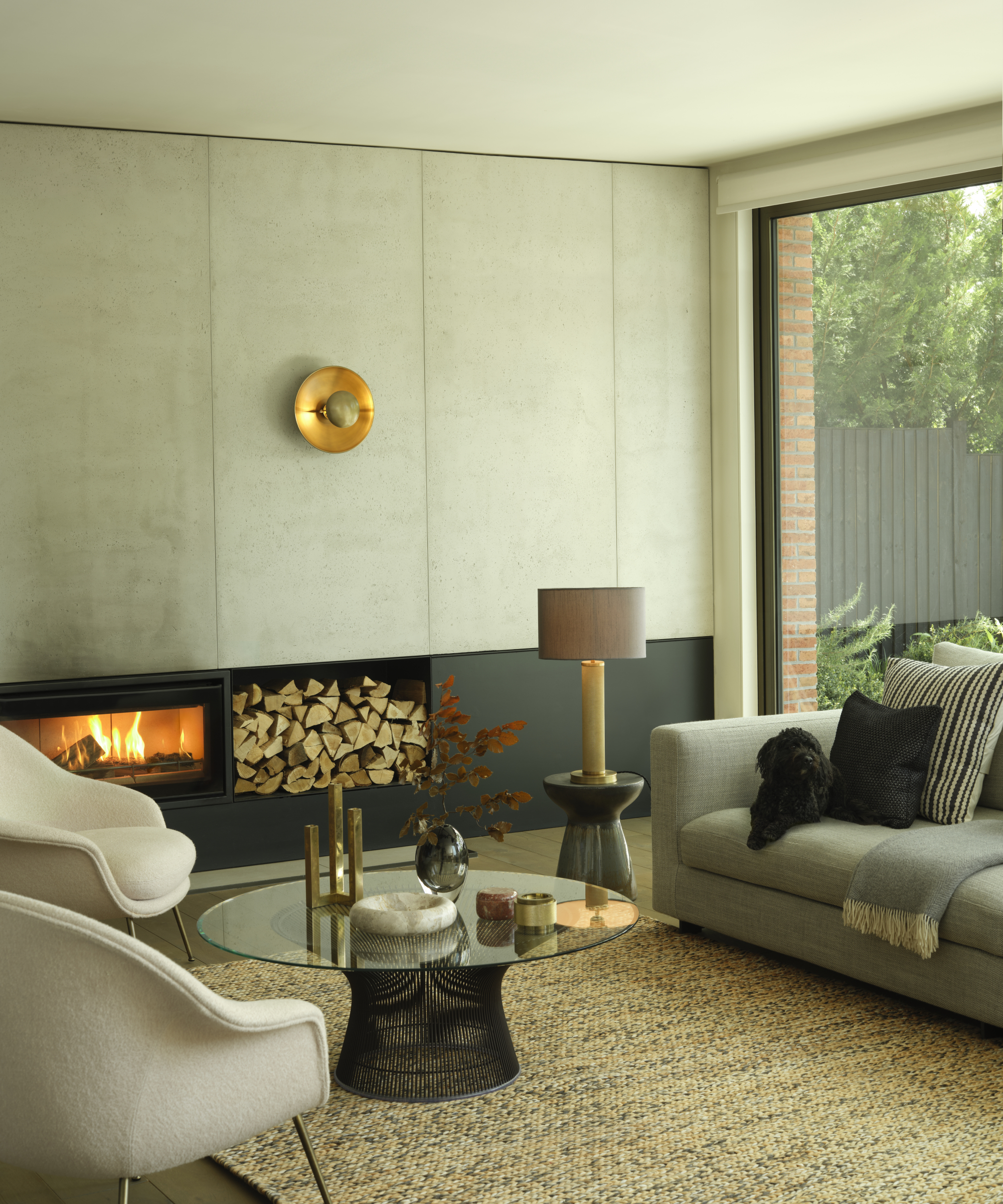
Where to start
Begin by assessing the uses, size and natural light levels in each room. If, having done this, you don't feel confident in tackling this task, an interior designer, an electrician or a specialist lighting company can come up with one for you. Or, you could find out what a lighting designer does and work out if you may need one for your project.
A successful lighting scheme takes into account each possible use of every room, so your kitchen lighting ideas, for example, will be meeting a very different set of criteria than those for a bedroom.
Begin methodically, ‘walking through’ your home, and in each space, ask yourself the following questions:
- What will this space be used for? Consider all possible uses of each room. Will the kitchen double up as a dining or homework space? Will a spare room also be a study?
- Will there be pieces of furniture that you want to highlight? Maybe architectural features such as fireplaces or artwork that you want to draw attention to in any of these rooms? This will determine your accent lighting.
- Who will be using this room? It is interesting to note that someone of 60+ years generally needs 15 times more light than a 10-year-old.
- At what time of day will the room be used the most? For example, if you only use rooms in the evening for relaxing, then setting lights on a dimmers is a good idea.
- Where does natural light enter the room and from what direction? Don't forget that lighting isn't only required at night time, as at various times of the year when light levels are low, you'll require artificial light to supplement throughout the day.
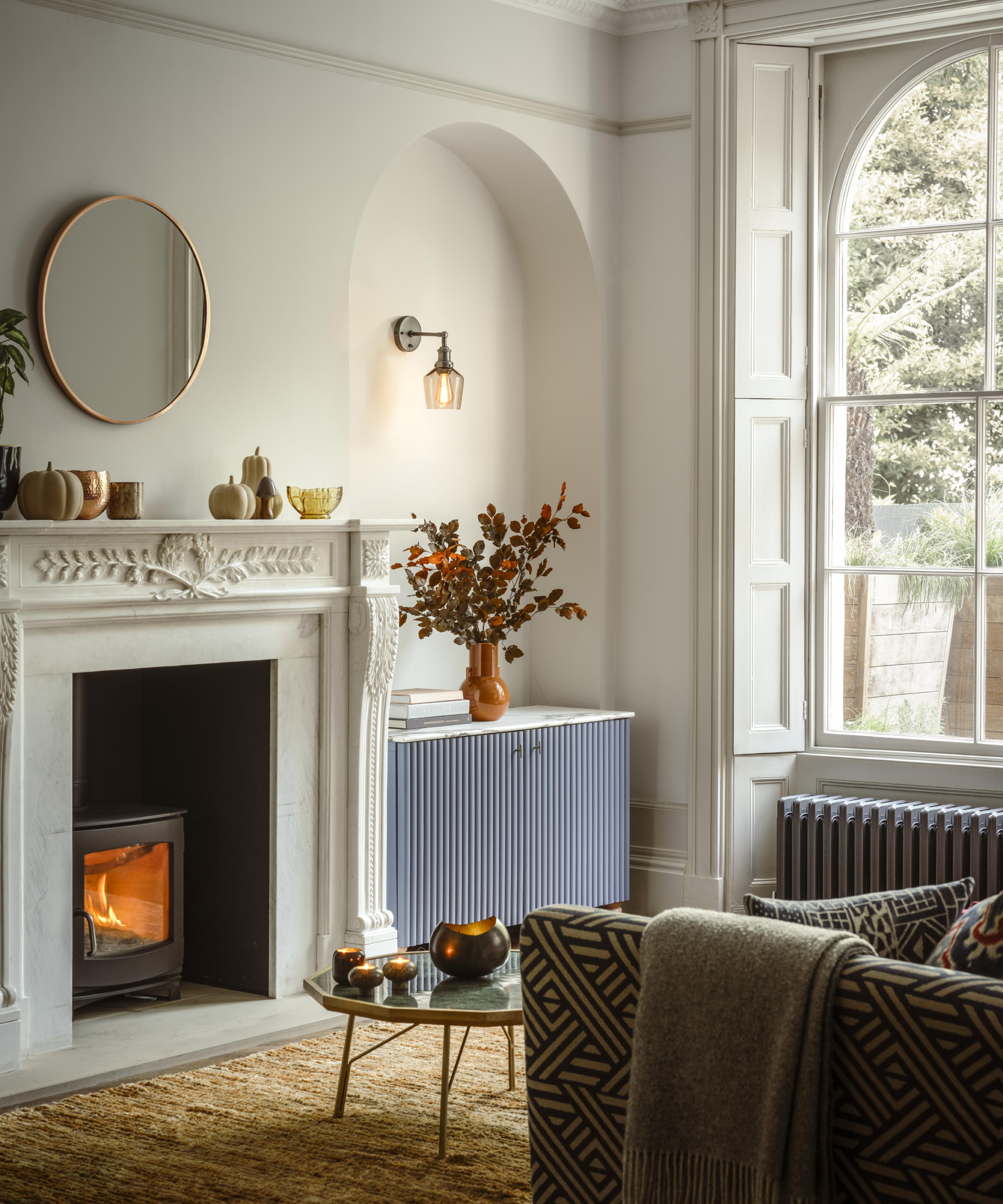
Once you have the answers to these questions, if you don't already have plans, draw a plan of the room and start my marking down permanent fixtures, such as windows and doors, alcoves, fireplaces and other heat sources like different types of radiators.
Next, mark the direction in which occupants of the rooms are likely to spend most time facing, for example the television, a desk or the cooker. Have a think about where you plan to site major items of furniture, such as beds and sofas, and, "from there, visualize where each light source will be placed," says Mara Rypacek Miller, founder of Industville.
"Make sure you think about how you will use the room so you can layer ambient lighting for brightness, add task lighting for activities like reading or cooking, and accent lighting if you want to highlight features like artwork or architectural details.
"Take time to plan the positioning of each light," adds Mara. "Ceiling lights should be spaced evenly to avoid dark corners, wall lights should be positioned at the right height to reduce glare and in areas where you’ll need focused light, like over kitchen counters or beside a bed, make sure the lights are placed to give you the illumination you need without casting shadows."
Also consider where light switches will be most conveniently placed, concentrating around doorways and at the top and bottom of stairs for your staircase lighting ideas.

Mara leads a creative revolution in sustainable interior design and is the industrious founder of Industville. Her keen eye for detail and a commitment to eco-conscious craftsmanship, has curated a portfolio of products where each design tells a story of timeless elegance and environmental responsibility.
Circuits and switches
While it is always a good idea to speak to a qualified electrician about installing your light fittings, it does help when coming up with a plan to have at least a basic understanding of how lighting circuits work.
Lighting circuits are radial. This simply means that they are linear power circuits where the cable leaves the consumer unit and runs to each outlet (or fitting) on the line before terminating at the last.
Most houses will have at least two separate circuits, one for upstairs and one for downstairs, but it is a good idea to have more than this in reality. At the very least you need to ask your electrician to install your lights so that you can operate each type or ‘level’ of lighting separately – you can ask your electrician to install your lights on separate switches for example, so that your ceiling lights can be independently operated from table lamps.
The more light sources you have (that are controlled separately via individual switches or smart lighting systems), the more your room can adapt to a variety of needs and create different moods. However, too many and you’ll find your lighting scheme is too complicated, with some lights becoming redundant.
Experts agree that, as a rule of thumb, you should ideally aim to use a minimum of four light sources per room, with a mix of the different types of lighting described above.
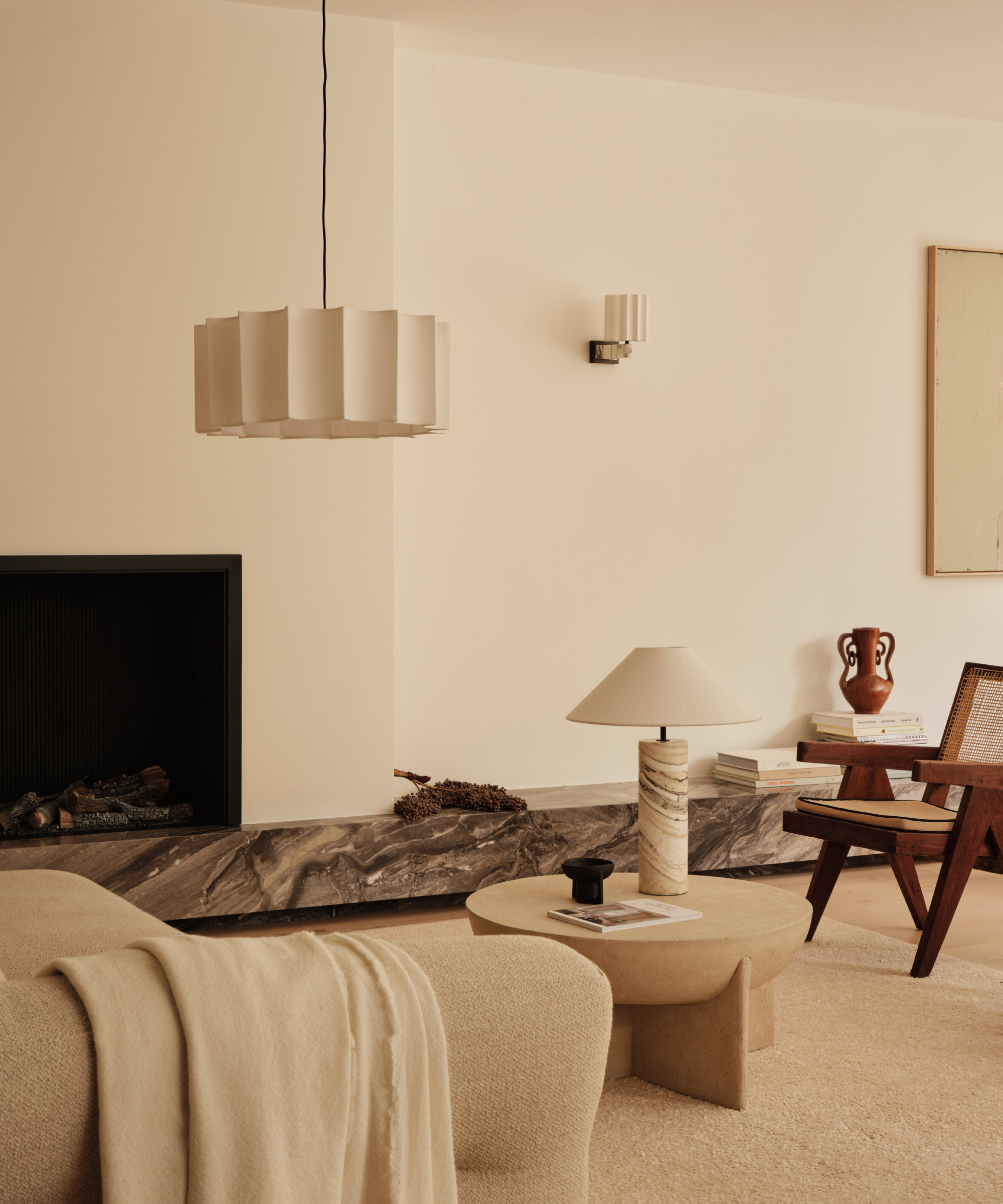
Don't forget dimmer switches
In order for your lighting to be easy to adapt to the time of day and the mood you are trying to create, it is also useful to fit dimmers and the importance of them in any lighting design shouldn't be underestimated say experts.
"Dimmers are the magical 'genies' that sprinkle the fairy dust," says Claire Pendarves. "Never underestimate the power of dimmers."
"Adding dimmers to your lights at the design stage gives you control over the brightness, allowing you to adjust the mood of a room," says Mara Rypacek Miller. "Smart lighting systems can also take this even further, letting you set different lighting scenes or schedules from your phone. Make sure your wiring plan includes provisions for these advanced controls in the early stages."
I'd also agree that adding extra wiring to future-proof your home at the first fix stage is a good idea. I've run extra cables during building projects – even if they've not been used immediately. As long as the cables are made safe by your electrician and you have their location clearly marked on plans, you can always come back to them at a later stage.
Lighting temperature
As well as the number of light sources you use, your lighting design will only work if you've got the right temperature of lights in place which is why your lighting design will need to take into account the differences between cool light vs warm light.
“Bulb temperature is one of the most important parts of lighting for your home and will shape how each room feels," says Marlena Kaminska, designer at Value Lights. "A good place to start is to think about mood. We associated blue cool-toned lighting with alertness, openness, and awareness – the antithesis for example to the energy you want to create in bedroom lighting ideas.”
"You should also choose the right colour temperature for bulbs to control both the mood and utility of a room," adds Mara Rypacek Miller. "Warm tones (around 2700-3000K) are great for relaxing spaces like bedrooms and living rooms, while cool temperatures (around 3500K-5000K) are suited to environments that require more focus such as offices."
If you're looking to replicate ‘daylight’ you'll need to look for lights with 5000-6500K. Each temperature range creates a different effect and can impact our mood. (Studies suggest that emotions are experienced more intensely under bright, harsh lighting, which can have a negative impact on our moods.)
"There are happiness and wellbeing benefits to be gained from good use of artificial lighting," states author Ben Channon in his book, Happy by Design (RIBA Publishing). "Danish lighting designer Poul Henningsen devoted much of his career to designing glare-free and uniform illumination, which has been shown to reduce headaches and improve productivity."
Your circadian rhythm is basically your 24 body clock, something dictated by the way your body interacts with light, releasing hormones that either induce sleep or wake you up in the morning. Natural daylight provided by daylighting is, of course, the basis of your circadian rhythm, while artificial light from your home's lighting and technology can be disruptive of this.
A lighting design scheme that mimics natural cycles of light is known as a biodynamic (or human centric) lighting scheme. These smart lighting systems use gradually changing colour light to wind down or invigorate as required, in a cyclical process.
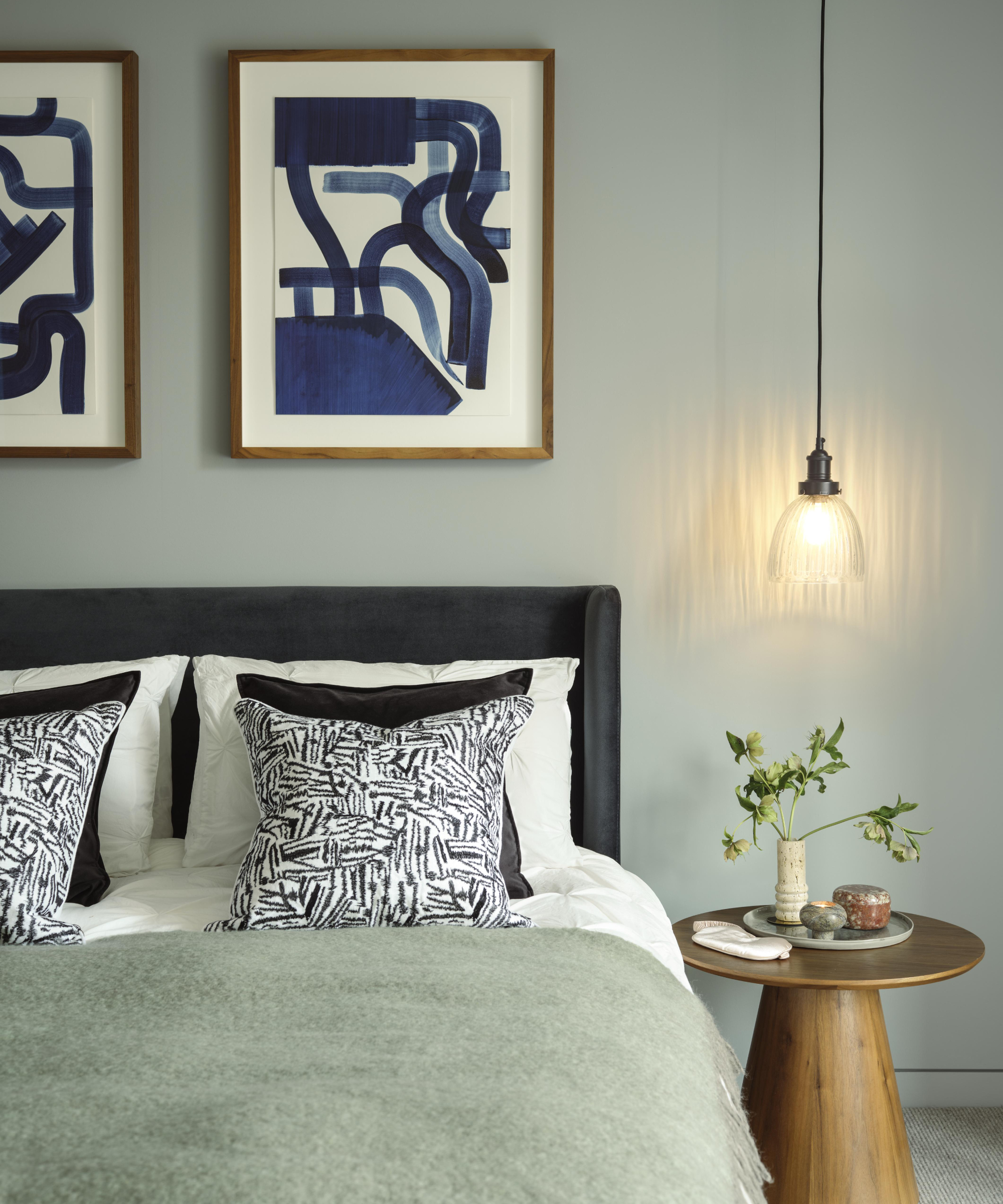
Style and quality
Of course, once the wiring and circuits are in place and hidden, what remains on show are the actual lights and the best light switches you have chosen to use in your lighting design. And once the fundamentals are in place, this is the stage when you get to have free rein on choosing your lights. Whether you're following lighting trends, opting to complement a colour scheme, or create contrast by combing old and new, prints or patterns, it's important you pay attention to the finished look.
“Lighting should complement your overall decor and not be an afterthought," advises Jo Plant, head of design at Pooky. "Choosing fixtures that clash with the room’s style can disrupt the harmony of the space.
"For a cohesive look, ensure your lighting choices align with your interior design, whether it’s modern, traditional, or eclectic. For example, sleek, minimalistic fixtures work well in contemporary settings, while ornate chandeliers might suit a more classical space if you're looking for living room lighting ideas.
“By paying attention and taking a more thoughtful approach to your home’s lighting design, you can create a space that is not only visually appealing but also functional and comfortable.”
Mara Rypacek Miller's suggestions? "Choose quality materials that are timeless, have an element of sustainability and reflect your personality. Handcrafted lighting brings an artistic element to any scheme and materials such as recycled brass or glass are sustainable, durable and won’t easily date."
Don't forget that when choosing the fittings for your bathroom lighting ideas, you need to familiarise yourself with IP Ratings. In the world of electrical safety, bathrooms are divided into 'zones'. Each zone is based on how close it is to the water sources in the room, and any lights you fit will need to have a certain IP Rating to ensure they are safe to use there.
Light fittings will be labelled with the IP rating so you know which bathroom zones they can be used in.
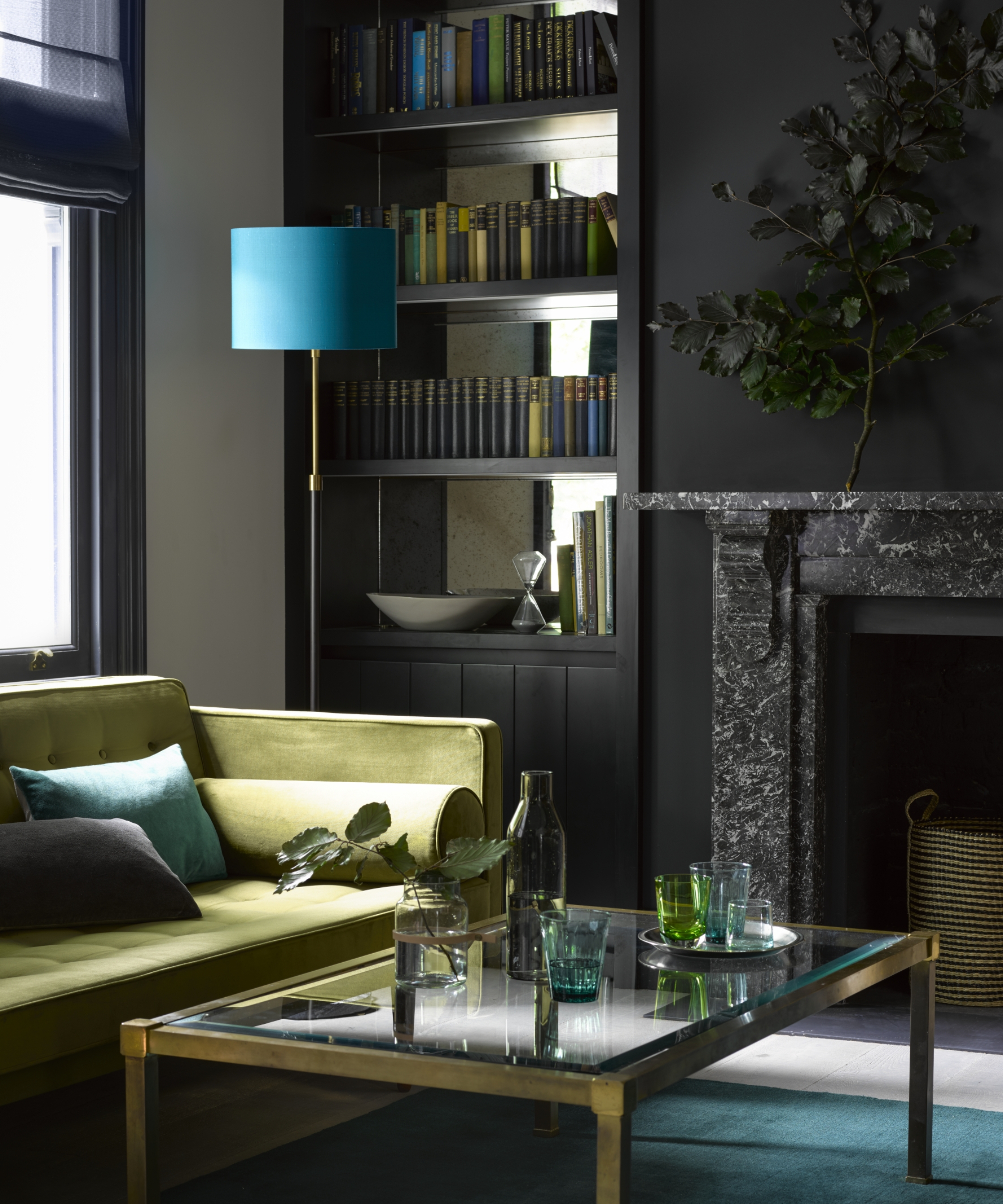
FAQs
What's the best lighting design trick for a room with a low ceiling?
A stumbling block for many people comes when working out the best way of lighting low ceilings.
According to Sian Parsons, Senior Lighting Designer at John Cullen Lighting: “Low ceilings can make a space feel smaller and darker, so using lighting to help increase the feeling of height is essential.
“Uplighting to wash light off the ceiling and back down into the space is very effective. It can be difficult to position wall lights in low rooms, so do consider using floor recessed or plug-in uplights or open shaded lamps to help.
“Keep lamp shades light in colour to maximise the light output and ensure that your surfaces give maximum reflection (matt white walls are simply the best!) to help boost the overall reflectance of the light sources that you use.”
What building regulations apply to lighting design?
Installing low-energy light sources in a new build home is now a requirement of the building regulations which state that 75 per cent of the lights in a new home must be ‘energy efficient’.
This means that light fittings must produce a total of at least 400 lumens, have a minimum efficacy of 45 lumens per watt and be over 5 circuit watts. Fittings under 5 watts are excluded from the overall count, so too is any exterior lighting.
Fluorescent and compact fluorescent lamps (CFLs), LEDs or discharge lamps would conform to this, whilst fitting low-energy bulbs with bayonet or screw-cap bases do not.
Some final advice from our experts? "Don’t forget the outdoors," says Mara Rypacek Miller. "Not only will effective outdoor lighting help you make the most of outdoor spaces, but it will enhance the curb appeal of your property."
For more exterior advice, consider these porch lighting ideas and make sure your guests can safely find your new home with this selection of driveway lighting ideas.
Natasha was Homebuilding & Renovating’s Associate Content Editor and was a member of the Homebuilding team for over two decades. In her role on Homebuilding & Renovating she imparted her knowledge on a wide range of renovation topics, from window condensation to renovating bathrooms, to removing walls and adding an extension. She continues to write for Homebuilding on these topics, and more. An experienced journalist and renovation expert, she also writes for a number of other homes titles, including Homes & Gardens and Ideal Homes. Over the years Natasha has renovated and carried out a side extension to a Victorian terrace. She is currently living in the rural Edwardian cottage she renovated and extended on a largely DIY basis, living on site for the duration of the project.

